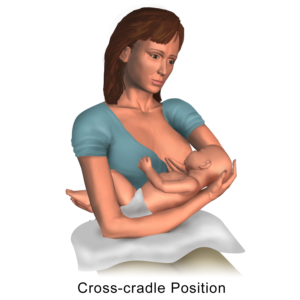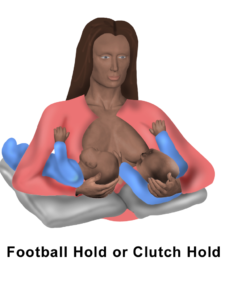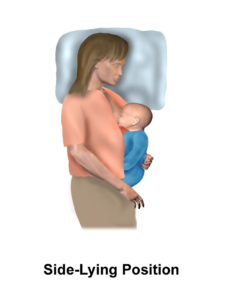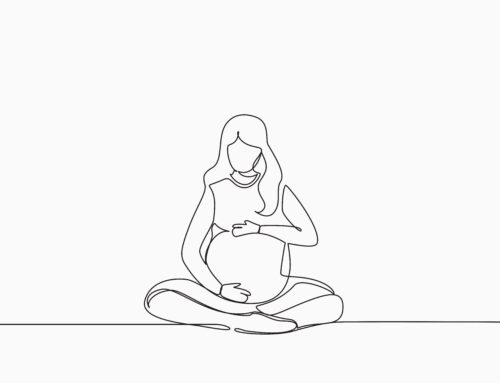
Breastfeeding is one of the greatest gifts a mother can give her baby. Breast milk gives babies protection against many serious diseases and health benefits even extend beyond the baby and mothers benefit from breastfeeding as well. Not every woman is physically capable of breastfeeding her baby but if you can you should take it as a blessing that you are able to provide your baby with the love, nurturing, and food essential to a healthy beginning in life.
Benefits
If you choose to breastfeed your baby there are many potential health benefits that your baby needs to grow. Breast milk is filled with nutrients necessary for a healthy baby like vitamins, protein, fat, and antibodies which help fight off nasty infections, viruses, and bacteria. Babies who are breastfed have:
- Decreased rates of diabetes
- Decreased rates of leukemia
- Decreased rates of infection
- Decreased rates of obesity in childhood and adulthood
- Lower risks of getting asthma
Breast milk also:
- Satisfies their thirst.
- Assists in developing the eyes and brain.
- Helps with jaw development.
Not only is breastfeeding good for babies, it also has many benefits for mothers. Mothers who breastfeed have:
- Faster recoveries from childbirth
- Reduced risks of hemorrhaging after delivery
- Decreased rates of ovarian and breast cancer
- Decreased rates of Type 2 diabetes
Breastfeeding also burns calories so women who breastfeed are more likely to lose their pregnancy weight faster and it is a convenient, cheap way to feed their baby. It also releases two hormones which help mothers bond with their babies. The first hormone is prolactin which creates a peaceful feeling that helps mothers become less anxious so that they can focus on their baby. The other hormone that is released while breastfeeding is oxytocin which creates a feeling of love and bonding between mother and child.
Positioning
Many mothers may find it difficult at first to get their baby in a comfortable position and correctly attached to their breast. Some challenges associated with incorrect positioning and attachment are sore and cracked nipples, breast engorgement, mastitis (breast tissue infection), thrush (a fungal infection in a baby’s mouth), and low milk supply. Here are some comfortable positions that will help you properly breastfeed:
- Cradle Position

Lay the side of your baby’s head in the bent part of your elbow keeping their whole body facing up towards you. Now position your baby’s belly on your body and wrap your other arm around your baby to support their head, neck, and lower back.
- Football Position

Align your baby’s back with your forearm and hold their head and neck with your palm. This should feel like you’re holding a football. This breastfeeding position works best with newborn babies or smaller babies and is a great position to try if you’ve had a C-section and don’t want to irritate or cause pain to your stomach area with the weight of your baby.
- Side-lying Position

First place some pillows under your head and lay in a comfortable position on your side. Next, position your baby next to you and snuggle up while supporting your baby’s head and neck with your free arm. You should also use your free arm to put your nipple into your baby’s mouth. This position is recommended if you are recovering from an episiotomy which is a surgical cut made during delivery to open your vagina even more during childbirth. This is also a great position for nighttime feedings if you are getting ready to go to bed.
Attachment
To correctly attach your baby to your nipple first situate your baby facing you and then place your breast towards your baby’s mouth and gently move your nipple against your baby’s lower lip. Your baby should now have opened their mouth and now with your free arm bring your baby in closer and try to position your nipple in your baby’s mouth above their tongue. When your baby is properly latched on you might feel a tugging sensation which is normal until your body gets used to breastfeeding, but you should feel no pain.
Asking for Help and Resources
It’s not uncommon for women to feel frustrated or feel like a failure when they’re having trouble breastfeeding their baby. If you are having problems or want to learn more about how to manage breastfeeding your baby, make sure to consult your doctor, midwife, or nurse who will be sure to help you through your breastfeeding journey. Here are some other health professionals that specialize in the highest level of education and expertise in breastfeeding support:
International Board-Certified Lactation Consultants (IBCLCs)
Certified Lactation Specialists (CLCs) or Certifies Breastfeeding Educators (CBEs)
Doulas who are specially trained in giving women support during pregnancy, labor, and after her baby is born.
The Office of Women’s Health Helpline (OWH Helpline) call 800-994-9662.
Sources:
https://www.webmd.com/parenting/baby/nursing-basics#1-2
https://www.pregnancybirthbaby.org.au/breastfeeding-your-baby
https://www.womenshealth.gov/breastfeeding/making-decision-breastfeed





